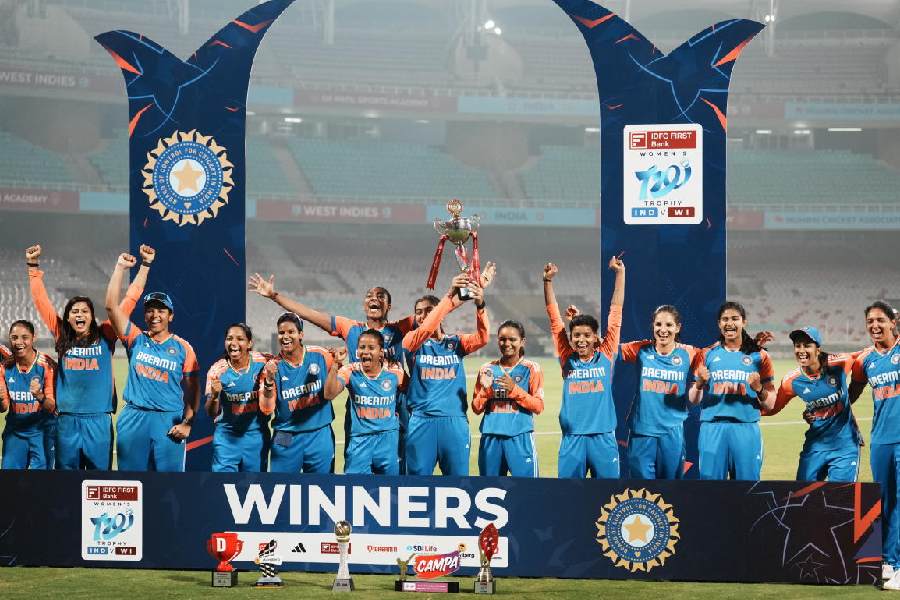Economists at SBI have estimated that the withdrawal of Rs 2,000 banknotes from circulation will boost consumption expenditure by Rs 55,000 crore.
“One of the benefits of withdrawal of Rs 2000 note might be the immediate uptick in consumption demand. As per our estimate, consumption demand may be front-loaded by Rs 55,000 crore,” the economic research wing of the State Bank of India said in a special paper.
“With the banknote remaining a legal tender, unlike demonetisation, consumption could see a boost.
“Though the RBI asked customers to deposit or exchange the Rs 2000 notes, it is expected that high-value amounts could move to high-value spends such as gold/jewellery, high-end consumer durables such as AC, mobile phones, etc and real estate,” the report said.
To arrive at the Rs 55,000 crore estimate, the report has taken into consideration the following:
- The share of Rs 2000 denomination bank notes was 10 .8 per cent as on March 2023 which in value terms works out to Rs 3.62 lakh crore.
- Around 85 per cent i.e., Rs 3.08 lakh crore estimated to come in the form of bank deposits and the rest 15 per cent, i.e., Rs 54,000 crore is estimated as exchanged for smaller denomination notes.
- Around 30 per cent of bank deposits i.e., Rs 92,000 crore will flow in savings accounts, around 40 per cent in current accounts and around 30 per cent in loan accounts.
- A 60 per cent withdrawal from savings account, would lead to an immediate increase in consumption by Rs 55,000 crore and by Rs 1.83 lakh crore in the long run through the marginal propensity to consume multiplier.
The analysis led by SBI group chief economic advisor Soumya Kanti Ghosh has forecast GDP growth in the first quarter at 8.1 per cent, which is higher than RBI’s estimates.
The RBI on June 8 revised its Q1 GDP forecast to 8 per cent from 7.8 per cent in the April monetary policy. Moody’s has estimated the Indian economy to clock a 6-6.3 per cent growth in the June quarter.
“Considering the MPC (marginal propensity to consume) of this Rs 55,000 crore at 0.7, we believe private final consumption expenditure might increase by Rs 1.83 lakh crore through the multiplier effect. Considering that ratio of PFCE (private final consumption expenditure) to GDP at around 58 per cent, we expect Q1FY24 GDP growth at 8.1 per cent with an upward bias due to the impact of the Rs 2000 note withdrawal event,” the report said.
“This reinforces our projection that FY24 GDP could be higher than 6.5 per cent, per the RBI estimate,” it added.
The RBI on May 19, 2023, had decided to withdraw Rs 2000 denomination banknotes from circulation as part of currency management with effect from May 22.











